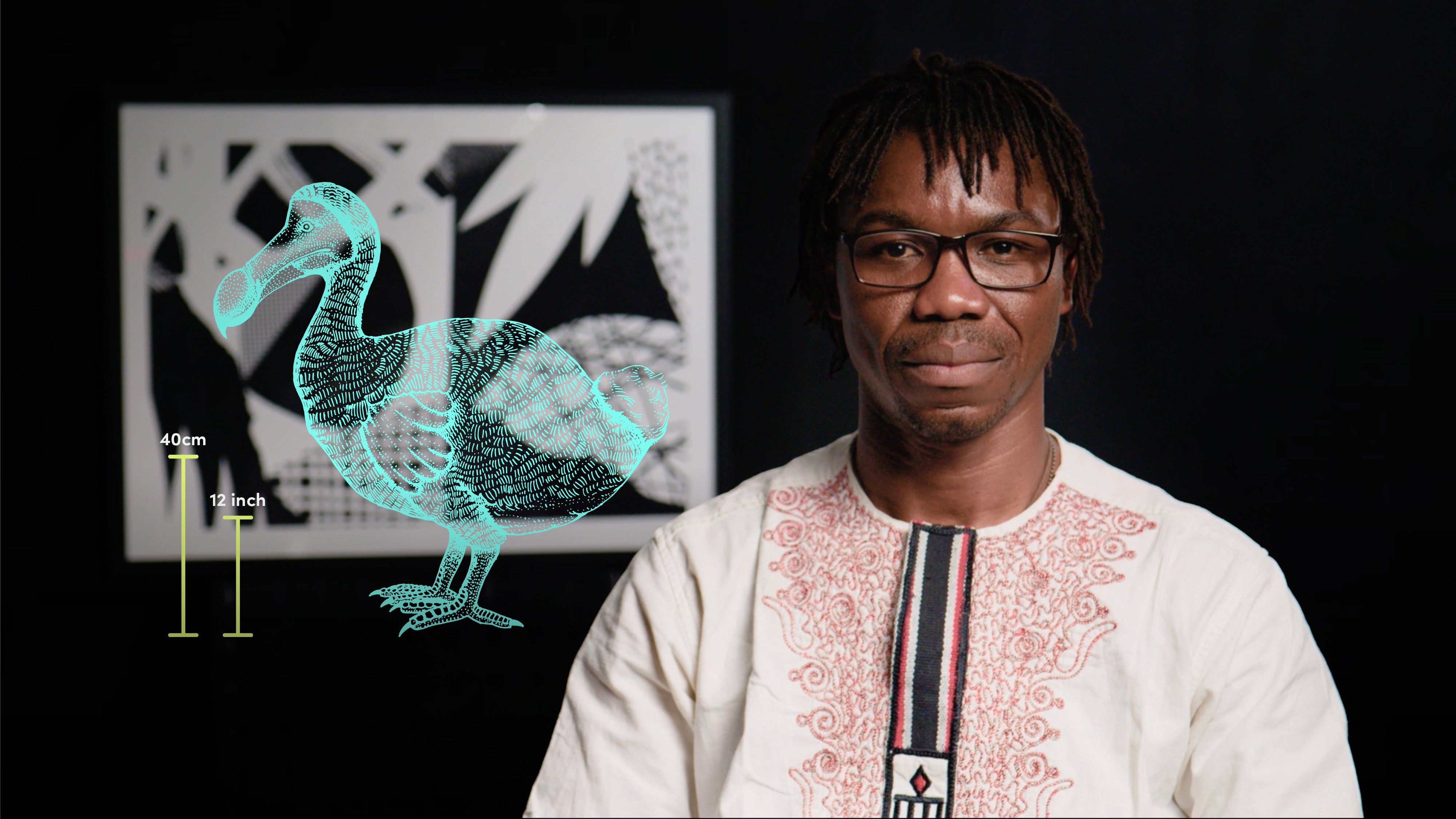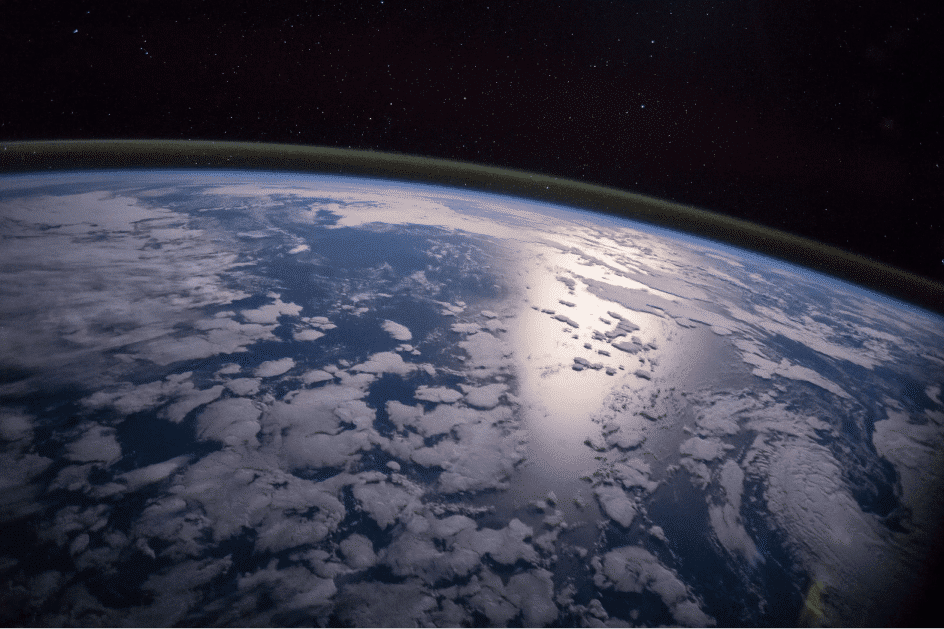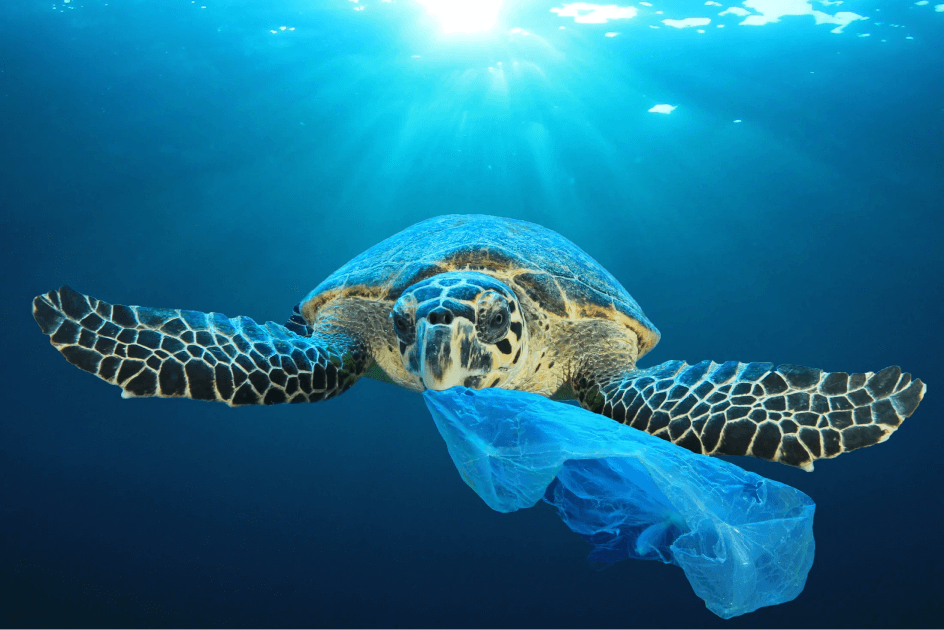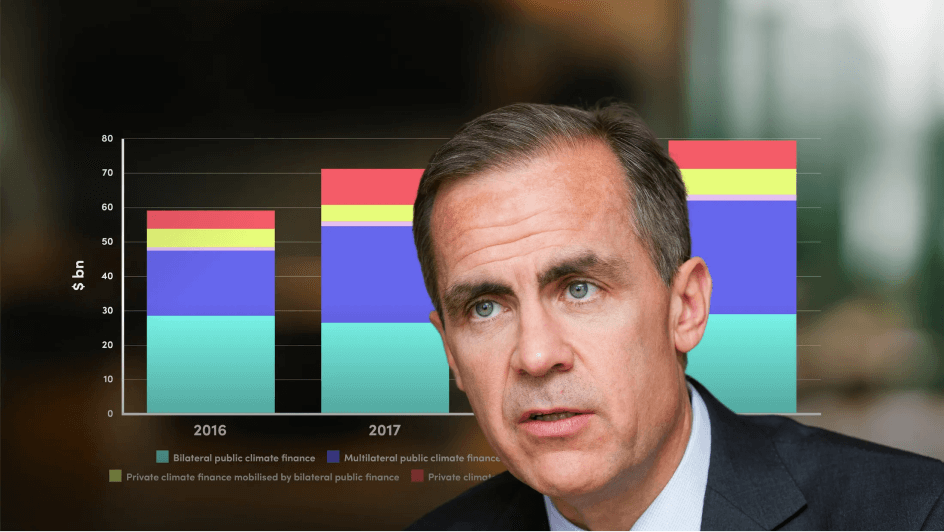
Introduction to Measuring Biodiversity Loss

Samuel Temidayo Osinubi
Avian ecologist
Climate change is affecting species, ecosystems and biodiversity on an unprecedented level. The sustainability of these resources requires assessment of the resources. That’s where classifications come into play. Join Samuel Temidayo Osinubi as he explores this in depth.
Climate change is affecting species, ecosystems and biodiversity on an unprecedented level. The sustainability of these resources requires assessment of the resources. That’s where classifications come into play. Join Samuel Temidayo Osinubi as he explores this in depth.
Subscribe to watch
Access this and all of the content on our platform by signing up for a 7-day free trial.

Introduction to Measuring Biodiversity Loss
9 mins 57 secs
Key learning objectives:
Understand the red list of species and ecosystems
Outline how species ranges can change
Overview:
The International Union for Conservation of Nature (IUCN) is the global authority on the status of the natural world. Principally, the IUCN monitors biodiversity at species and ecosystem levels, through the: Red List of Threatened Species and Red List of Ecosystems. Both lists are based on a scientific system of data, verification and analysis, such as population size and geographic range (Red List of Threatened Species) or declining distribution and rate of abiotic degradation (Red List of Ecosystems). Species range can also vary spatially - either through expansion, shift or reduction.
Subscribe to watch
Access this and all of the content on our platform by signing up for a 7-day free trial.
What is the IUCN?
The International Union for Conservation of Nature (IUCN) is the global authority on the status of the natural world. Principally, the IUCN monitors biodiversity at species and ecosystem levels, through the:
- Red List of Threatened Species
- Red List of Ecosystems
What does the IUCN Red List of Threatened Species measure?
The Red List is based on scientific system of data, verification and analysis including:
- Population size
- Geographic range
- Rate of population decline or growth
- Degree of population
- Distribution fragmentation
Species are classified into nine categories: not evaluated, data deficient, least concern, near threatened, vulnerable, endangered, critically endangered, extinct in the wild, and extinct.
What does the IUCN Red List of Ecosystems measure?
The Red List is based on scientific system of data, verification and analysis including:
- Declining distribution
- Restricted distribution
- Rate and extent of abiotic degradation
- Rate and extent of disruption of biotic interactions
- Statistical model with quantitative estimates on the risk of ecosystem collapse
Ecosystems are classified into eight categories: not evaluated, data deficient, least concern, near threatened, vulnerable, endangered, critically endangered, and collapsed.
How can species range change?
The trend of change in the geographic range of a species can be explored in space and time. A change in range could result from several factors that can be biotic, abiotic or an interaction of both. Biotic factors can include the life history of the species (these are traits or patterns of survival and reproduction observed in a particular species that comprise fecundity, age at sexual maturity, maximum body size and lifespan). Other biotic factors are predator and prey relationships, pest and diseases, and competition.
Abiotic factors can influence a species range of tolerance.
What constitutes a spatial change in species range?
- Expansion is the colonisation of areas outside historic ranges of a species, while maintaining historic ranges.
- Shift is the colonisation of areas outside historic ranges with an extinction from parts or all historic ranges.
- Reduction or contraction of a species range is an extinction from parts of the species historic range.
Subscribe to watch
Access this and all of the content on our platform by signing up for a 7-day free trial.

Samuel Temidayo Osinubi
There are no available Videos from "Samuel Temidayo Osinubi"





























